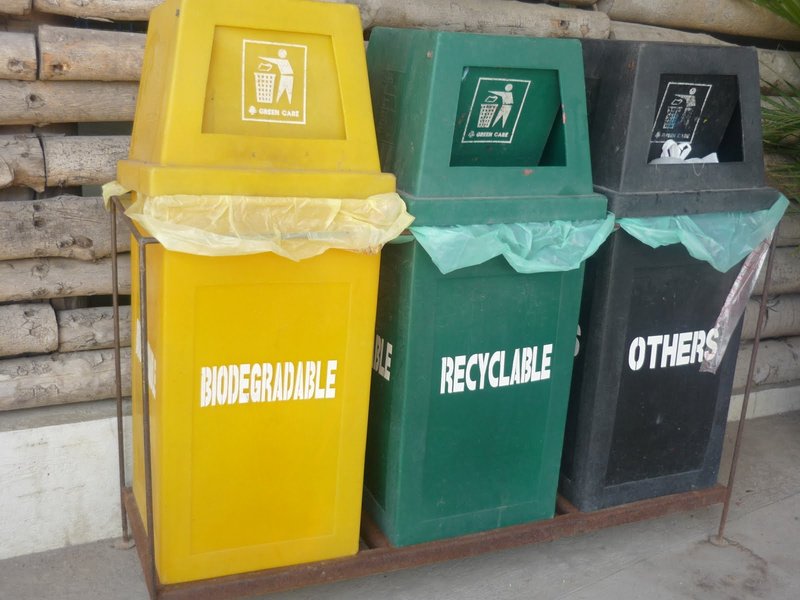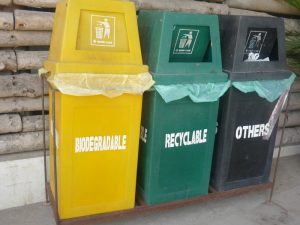According to legal changes brought in on 1 January 2015, all businesses in the United Kingdom must adopt waste separation policies and procedures. These are designed to ensure that UK businesses and the broader European business environment are working towards becoming more sustainable and recycling where possible. Here’s our guide to waste separation, to help you become more responsible and reach/maintain compliance.
What are the Rules?
Essentially, the rules mean that companies must separate all waste into general waste and dry waste that can be recycled – paper, plastic and glass. This is the basic legal requirement. Many businesses go further and also recycle other waste: food, electrical items, batteries and other materials where possible.
What does this Mean for Business?
On the base level, businesses can achieve compliance by collecting all waste as usual and then separating before collection/disposal. In reality, this is not a practical way to go about things – which is why many choose to separate their waste at the source, with different bins or receptacles available for employees to place the different materials in as they work.
Not only does this use of waste separation products help with compliance, but it also encourages the desired behaviour in all of your employees – if there is a receptacle clearly marked for a particular material, then it is more likely to be used correctly. Efficient waste segregation means less waste goes to landfills, making it cheaper and better for people and the environment. Learn from the Eagle Dumpster Rental footprints how you can implement responsible waste practices for your employees.
Here are some popular waste management and separation products that are used in different work environments.
Industrial Sites
Warehouses, manufacturing facilities and other industrial environments can use rack-back bags for their waste separation. These are a cost-effective, easy to use solution – they attach quickly and easily to racking and provide a large, durable receptacle without taking up any valuable floor space.
The bags have integrated, reinforced holes that can be hooked on to standard racking, and the bag then hangs open with a wide mouth, allowing employees to simply throw the waste products into the sack quickly and conveniently.
You can find different sack bags marked for the full spectrum of different materials: so plastic strapping in one, paper in another, cardboard in another, and so on.
Once the sack bag is full, it can be simply detached from the racking, moved to a bulk waste storage area/collection site and then emptied. These sacks are made out of tough polyester, making them waterproof and extremely long-lasting.
Offices and Other Businesses
Offices and other non-industrial businesses usually don’t need such a robust and high-volume solution, and so can make use of waste management bins. These are similar to a regular waste bin, but coloured or labelled to indicate clearly what kind of materials they are for – so you might have a row of different coloured bins: one for plastic waste; one for paper; one for food, etc.
This type of waste management system can be expanded to cover a huge range of different materials, including batteries and electrical equipment, as well as the more standard waste products. Individual bins can be strategically located at handy places (paper by the printer, food in the kitchen, etc), or kept together in a dedicated waste location.




